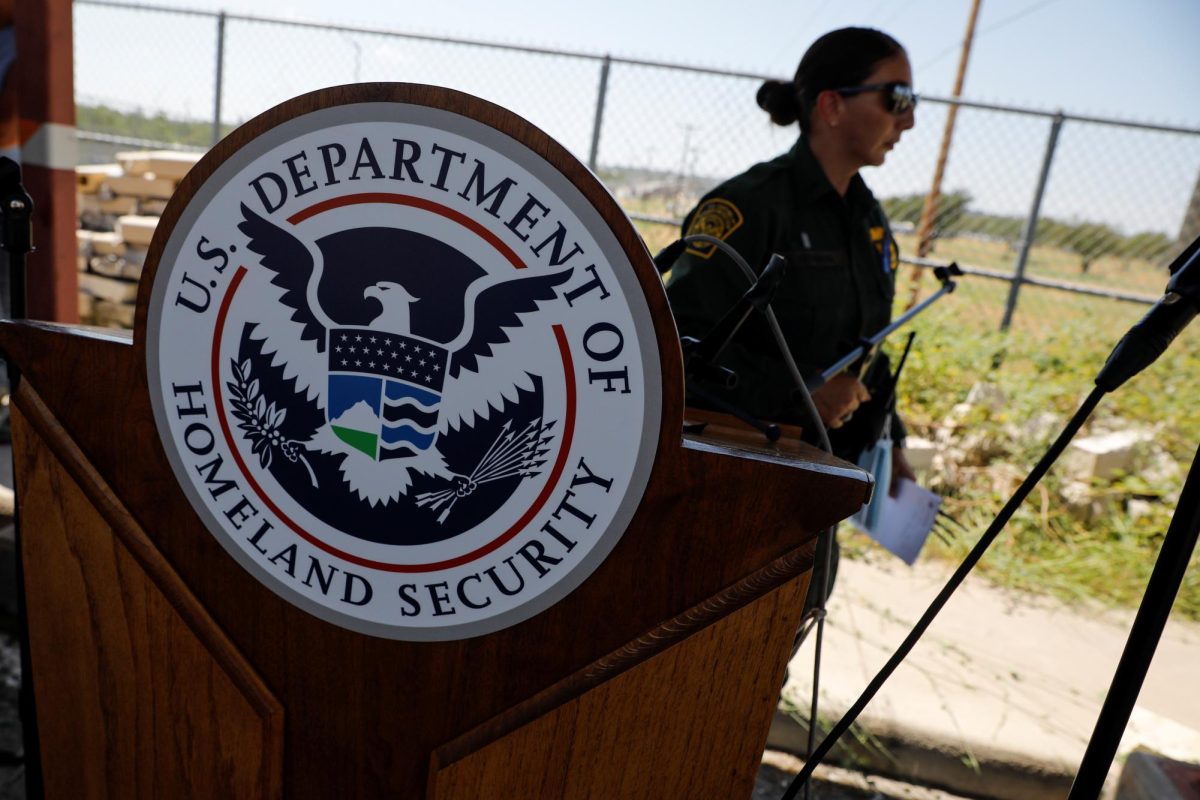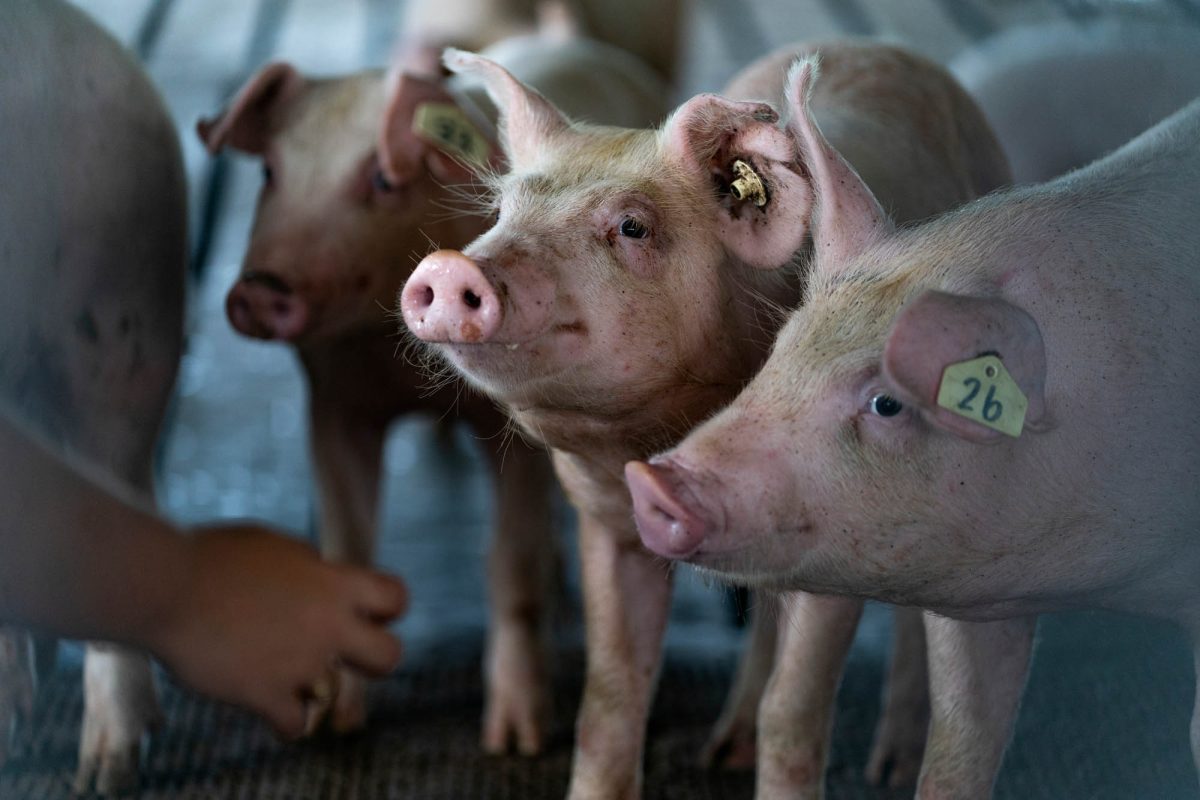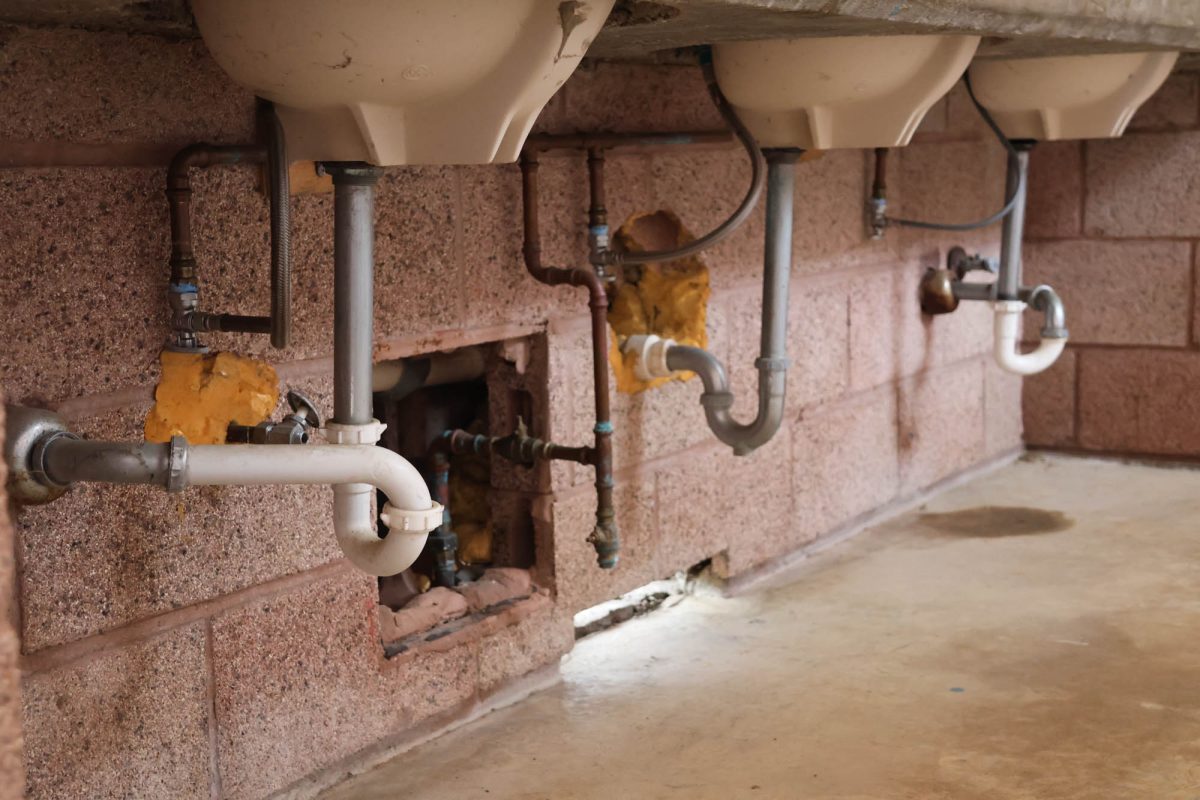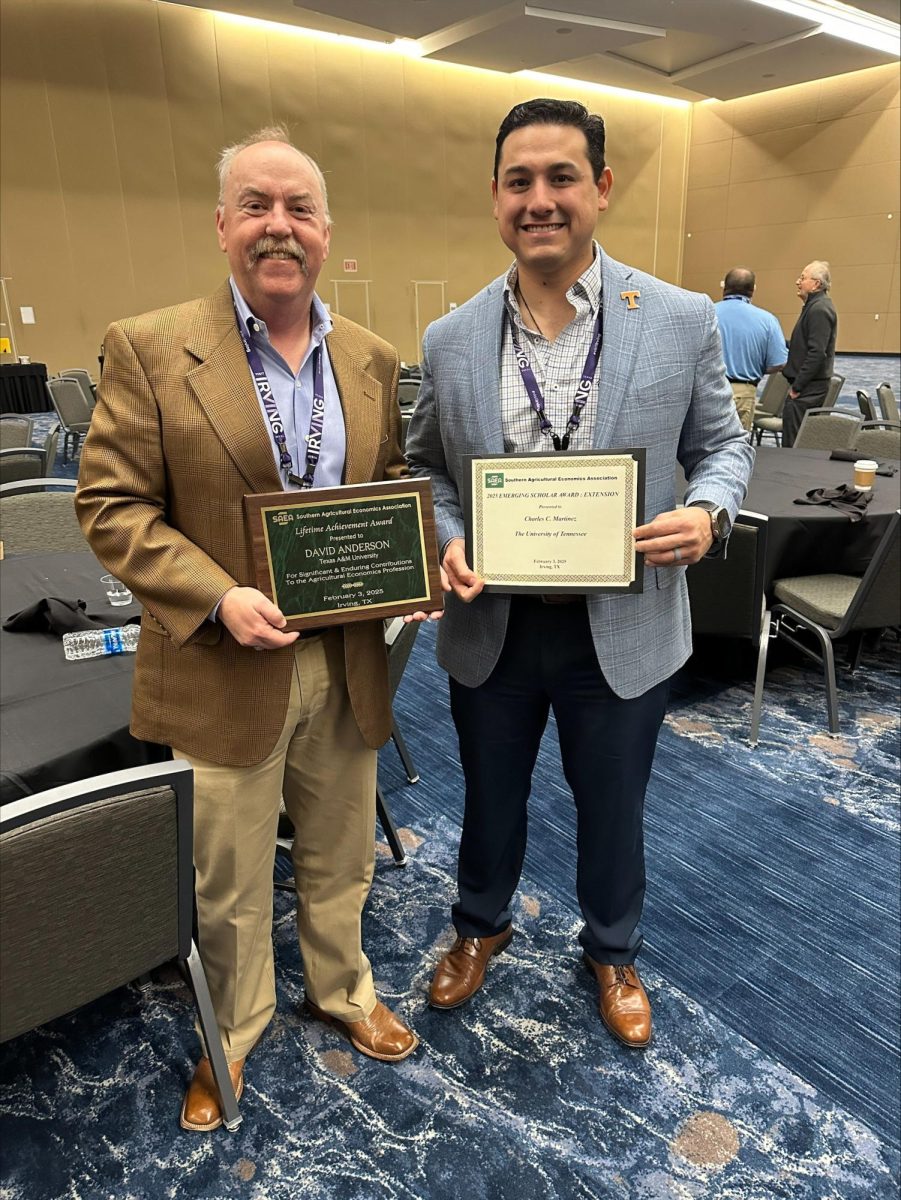Disasters are unexpected, but that doesn’t mean students in medical fields can’t be prepared for any incident thrown their way.
In 2009, the Health Science Center College of Nursing hosted its first Disaster Day, an event to prepare students in the medical field for real life disaster scenarios. Jerry Livingston, lead faculty coordinator of the event, said the project started after Hurricane Ike in 2008 and evacuees from south Texas and south Louisiana came to Reed Arena for shelter.
“It was the first year we had our nursing program here and our nursing students had literally only been here about two or three weeks,” Jerry said. “People were needed to help man the temporary shelters and our students basically knew nothing. They had a really steep learning curve as far as getting caught up on what to do. It was at that point that Dr. Nancy Dickey decided that we needed to put together some kind of mini course.”
In the first Disaster Day, only the college of nursing was involved and included 33 nursing students who took turns playing patient and nurse. Laura Livingston, assistant director of the Clinical Learning Resource Center, said the program quickly began to gain participants – and it has grown each year since.
The program is now in its seventh year and Laura said Thursday’s event involves about 276 students from seven disciplines in the health sciences and more than 500 volunteers playing patients, making this year’s event the largest so far.
The nature of the disaster will not be revealed to students until the day of the event to make the simulation as real as possible. Jerry said the type of simulation has varied over the years, but tends to have a relevant angle.
“In the past, we have used hurricanes, wildfires, an explosion at a local sporting event and a chemical explosion,” Jerry said. “Basically what we’re going to start doing, because this thing does keep getting bigger and bigger and bigger, we have our cases from those four scenarios and we’re going to start rotating those, assuming that there’s not something that comes up in the community. What got us started with wildfires was the fires in Bastrop.”
Along with students from the college of nursing, Laura said Disaster Day will also include students from EMS, radiology, physical therapy, Blinn nursing students and College of Pharmacy and College of
Medicine students.
“Each component has different expectations for their students based on the patient and each component is acting in their professional role,” Laura said. “One of the main purposes of the professional aspect of Disaster Day is to create an interprofessional simulation where all of these students have to communicate with each other and work as a health care team so that they’re more familiar with that concept when they go into their professions.”
This is the first year that the physical therapy assist program from Blinn will be involved in Disaster Day.
“Every year we add something else,” Laura said. “This year, we’ve added physical therapy because it’s very important for students to understand their body mechanics and how they can cause themselves injury by stopping, not lifting properly, etc.”
Laura said students should walk away from Disaster Day with a better understanding of how to manage and prioritize health care in a crisis situation, as well as enhance team building skills.
Even though Disaster Day 2014 hasn’t happened yet, Laura said there are already signs that the event will grow once more next year.
“This year, we’ve got students and faculty from the School of Rural Public Health as well as students and faculty from the veterinary medicine program who are going to be observing and proposing their involvement for next year because truly an event like this, for real, in this community would require people from many different fields to come together and make it work,” Laura said.
Elise Bockoven, senior nursing student, was on the planning committee last year. The simulated disaster was an explosion at Kyle Field. Because she was on the committee, she was informed of the simulation beforehand, but she said that still didn’t completely prepare her for the event.
“They threw in a lot of surprises,” Bockoven said. “You never really know what to expect. It’s stressful, but I learned so much in an hour and a half.”
Bockoven said being involved in Disaster Day provides students with valuable skills that can be directly applied in student’s future occupations.
“I think it’s incredibly important for students studying to be in a healthcare profession to be a part of a simulated disaster experience,” Bockoven said. “We need to experience the chaos, practice our skills under pressure and work together as a health care team to save
these patients.”
Laura said this year’s Disaster Day will be held at Central Baptist Church, which will act as a temporary shelter for the duration of the event.
“Central Baptist church has gone above and beyond in providing us complete and total access to their facility and we cannot say enough how appreciative we are of the cooperation and collaboration that we have gotten,” Laura said. “They are actually identified as a temporary shelter. If a true disaster happens that brings people to Brazos County, [the church] is identified as one of the places that refugees and evacuees would be brought. That did happen during Katrina and other disasters.”
Planning for Disaster Day begins in August and is made at the student level – students develop the simulation from start to finish. While there is a core group of faculty who assist in creating Disaster Day every year, Laura said it’s the students who run the show.
“This entire event is planned from start to finish by student-led committees from the different disciplines,” Laura said. “Each discipline has a single faculty representative that helps to guide them and can answer questions. But by and large, the entire event is planned and executed by students. Jerry and I both believe that is what we can attribute the success of this event to is the fact that students own it. They have a stake in how it plays out and the success in the event.”
Jerry said being able to be fully involved in the event is what he believes has made Disaster Day such a success
for students.
“It’s been one of the most successful events that this school has put on, and I think it goes back to our ability to empower students to use their imagination,” Jerry said. “I try very hard to pick students that I know are motivated, have leadership qualities and that’s what I contribute to the success. If you look at how it’s grown, it’s
just incredible.”
Event to sharpen tomorrow’s doctors
March 17, 2014
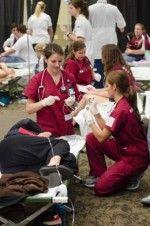
0
Donate to The Battalion
$2790
$5000
Contributed
Our Goal
Your donation will support the student journalists of Texas A&M University - College Station. Your contribution will allow us to purchase equipment and cover our annual website hosting costs, in addition to paying freelance staffers for their work, travel costs for coverage and more!
More to Discover




